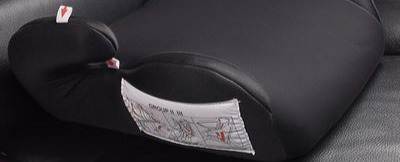
The back seat is the safest place to ride for all children under age 13. Babies and children in vehicles must be properly secured with the right kind of seat or restraint. Car seats, booster seats, and seat belts can prevent many injuries or deaths. Never leave your child alone in a car, even for a minute.
What type of car seat should I use?
Rear-facing car seat:
Infants must use a rear-facing car seat until they are at least 1 year of age and weigh less than 20 lbs. A rear-facing seat provides the best protection for your child's head, neck and spine in a sudden stop or crash.
Forward-facing car seat:
Once your child has outgrown the rear-facing car seat and is older than 1 year of age, they can move to a forward-facing car seat with a 5-point harness. Keep your child in a 5-point harness until they weigh at least 40 lbs and can sit straight and tall without moving out of position or unbuckling. This may be at 4, 5, or even 6 years old.
Booster seat:
When your child is at least over forty pounds or up to 4 ft. 9 in. tall, and has outgrown their forward-facing car seat with a 5-point harness, they may be ready to move to a belt-positioning booster seat. To safely use a booster seat, your child must be able to sit correctly.
Seat belt:
Once your child is taller tha 4'9" tall and between 8 and 12 years old they may be ready to transition to an adult seat belt.
In order to fit safely:


